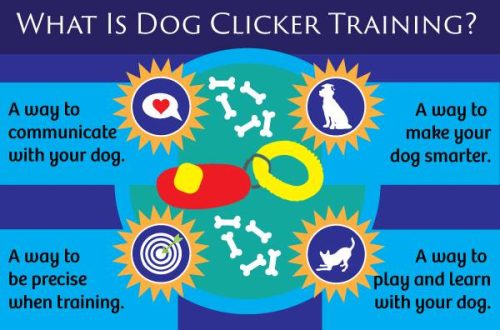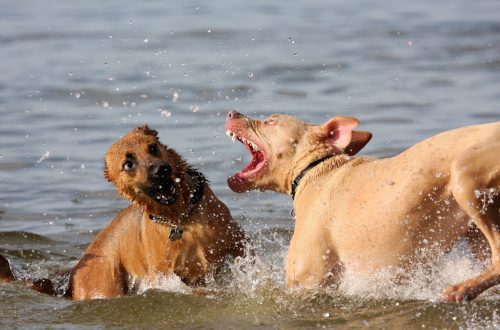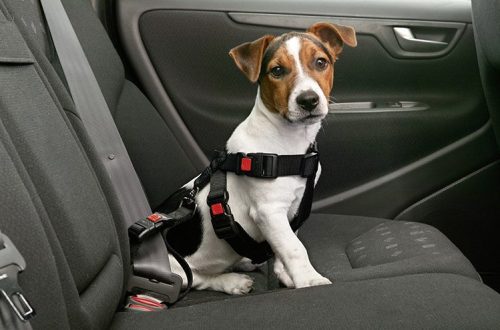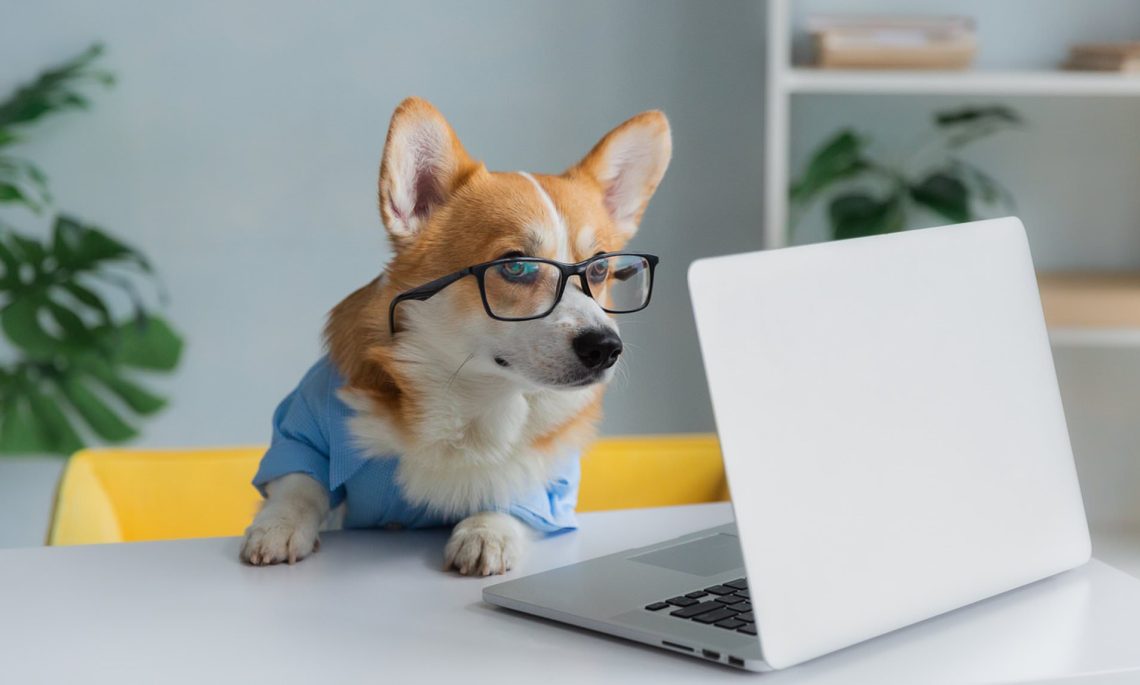
Do dogs understand physical laws?
Do dogs recognize themselves in a mirror and what do they know about the law of gravity? Scientists have devoted a lot of time to studying the intelligence of dogs, and research is still ongoing. One of the questions they sought to answer was: Do dogs understand physical laws?

Photo: maxpixel.net
Some animals are able to use physical laws to meet their needs. For example, monkeys easily use stones to crack nuts. In addition, great apes are even capable of making simple tools. But is a dog capable of such a thing?
Unfortunately, our best friends, who are so adept at communicating with us, fail to solve problems that involve the laws of physics.
Contents
Do dogs understand what gravity is?
Monkeys understand the laws of gravity. This was proven by an experiment conducted at the Max Planck Society for Scientific Research in Germany (Daniel Hanus and Josep Call). A similar experiment was carried out with dogs.
Pieces of treats were thrown into a tube, which fell into one of the three bowls directly below it. There were doors in front of the bowls, and the dog had to open the door in front of the right bowl in order to get a treat.
At the beginning of the experiment, the tubes went straight to the bowls below them, and the dogs were up to the task. But then the experiment was complicated, and the tube was brought not to the bowl that stood directly under it, but to another.
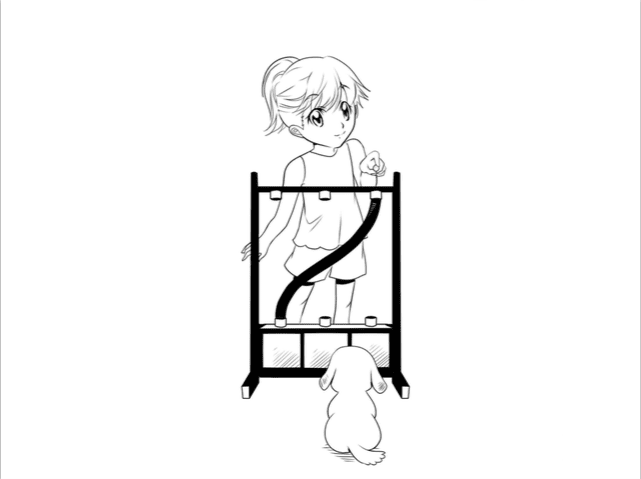
Photo: dognition.com
This task would be elementary for a human or an ape. But over and over again, the dogs chose the bowl that was placed where they threw the treat, and not where the pipe went out.
That is, the laws of gravity for dogs are beyond comprehension.
Another curious experiment was carried out with crows. Scientist Bernd Heinrich tied food to one of three ropes, and the crow had to pull the right rope to get a treat. And then the ropes (one with a treat, the second without) were placed crosswise so that the end of the rope, which had to be pulled, was placed diagonally from the treat. And the crows easily solved this problem, realizing that, despite the fact that the desired end of the rope is farther from the delicacy, it is she who is attached to it.
Crows also solved other problems where it was necessary to understand the connection between two objects.
But what about dogs?
Have you noticed that when you walk your dog on a leash and he runs around a tree or a lamppost and runs up to you again, it is sometimes difficult to convince him to go back along the same trajectory to unravel? The fact is that it is difficult for a dog to understand that in order to return to you freely, you must first move away from you, since you are tied by a leash.
In fact, they demonstrated something similar in the experiment with a tied treat.
There was a box in front of the dogs, and they could see what was inside the box, but they could not get a treat from there. Outside the box was a rope, to the other end of which a treat was tied.
At first, the dogs tried to get the treat by all available means except the necessary one: they scratched the box, bit it, but did not understand at all that it was only necessary to pull the rope. It took quite a long time for them to learn how to solve this problem.
But when the dogs learned to pull the rope to get a reward, the task became more difficult.
Both the rope and the treat were not in the center of the box, but in the corners. However, in opposite corners. And to get a treat, you had to pull the end of the rope, which was further from the desired reward. Although the dog perfectly saw that the treat was tied to a rope.
This task turned out to be unusually difficult for dogs. In fact, many dogs began to try to gnaw or scratch the box again, trying to reach the treat with their tongue through the hole closest to it.
When the dogs were finally trained to solve this problem through repeated training, it became even more difficult.
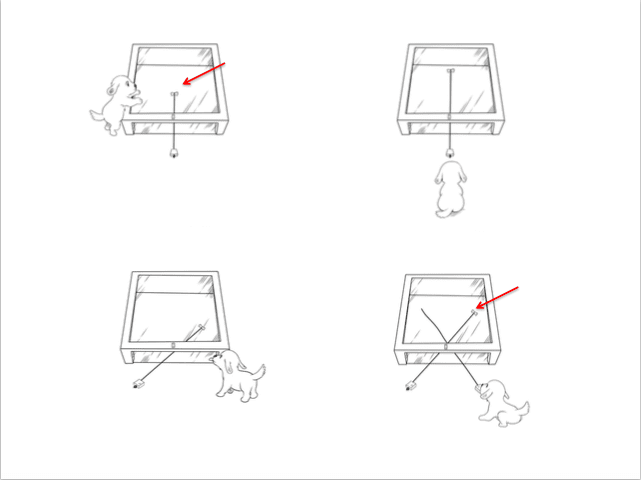
Photo: dognition.com
In the same box, two ropes were placed crosswise. A treat was tied to one of them. And although the delicacy was in the right corner (and the end of the empty rope came out of it), it was necessary to pull the rope in the left corner, because the delicacy was tied to it.
Here the dogs are completely confused. They didn’t even try to pull on each of the ropes—they invariably chose the rope that was closest to the treat.
That is, dogs do not understand the relationship between objects at all. And although they can be taught this through repeated training, even after training, they will be very limited in applying this knowledge.
Do dogs recognize themselves in the mirror?
Another area where dogs have not done very well is recognizing themselves in the mirror.
Studies have shown that great apes, for example, recognize themselves in a mirror. Monkeys behave as if they see another monkey, they may even try to look behind the mirror. But very soon they begin to study themselves, in particular, look in the mirror at those parts of the body that they cannot see without a mirror. That is, we can assume that the monkey, looking in the mirror, sooner or later understands: “Yeah, it’s me!”
As for dogs, they can’t get rid of the idea that they see another dog in the mirror. Dogs, in particular, never try to look at themselves in a mirror the way monkeys do.
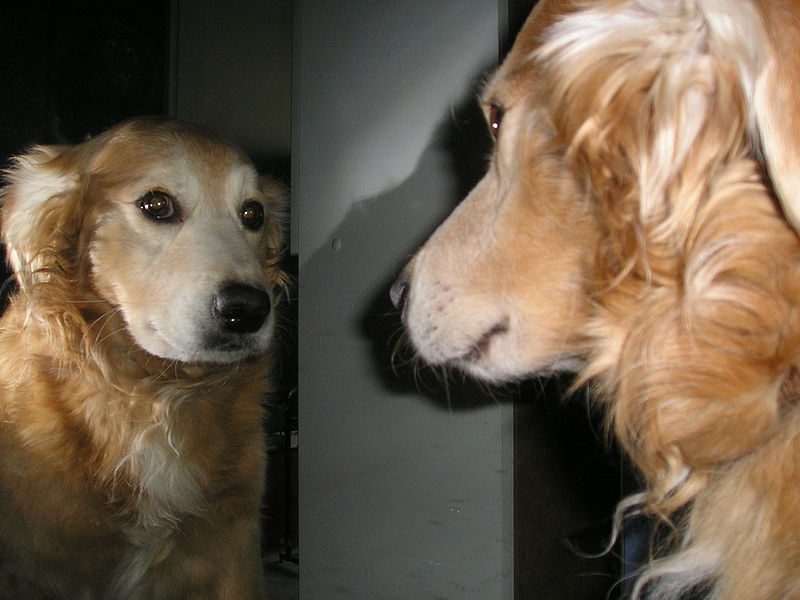 Photo: wikimedia.org
Photo: wikimedia.org
Most of the other animals with which similar experiments were conducted behave in much the same way. Aside from the monkeys, only elephants and dolphins show signs of recognizing their own reflection.
However, all this does not make dogs dumber in our eyes.
After all, they tamed humans to help them with tasks that dogs themselves can’t. And this requires remarkable intelligence! Everyone has limitations, and we just need to take them into account when communicating with pets and not demand excessive.



